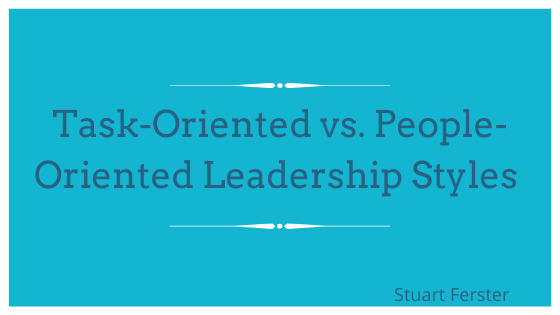Different organizations apply different leadership styles; this is because every organization has its unique goals to achieve. Depending on the situation, a leader may decide that a task-oriented style or a people-oriented one is a better fit for their team. Below is a quick comparison between the two styles.
Task-Oriented Leadership Style
The task-oriented style is an approach in which the leader applies systematic skills in managing their employees. Practices used in task-oriented leadership style include strictly flowing set schedules, achieving specific goals, planning, and punishment or reward-based systems. The task-oriented style prioritizes achieving organizational goals.
Advantages
One of the main advantages of using a task-oriented leadership style is that it makes managing large teams of employees easier. Using this method, the boss is always in charge and can hold employees accountable for their conduct. It allows the company to prioritize its vision and mission, which might be lost without a strong guiding hand.
Disadvantages
Most of the drawbacks of a task-oriented leadership style don’t usually appear immediately but may take years to notice and understand. It can lead to many problems such as poor worker retention, lack of motivation, low productivity, and a general low growth rate.
People-Oriented Leadership Style
People-oriented leadership is the kind of management strategy in which the leader concentrates on bettering their relationship with employees. It includes employee training and mentorship programs, employee consultation, and dialogue in resolving disputes.
Advantages
Practices like mentorship and training programs boost the workers’ skills and encourage a spirit of self-motivation. Skilled and self-motivated employees are productive and increase the organization’s overall efficiency. Leadership practices like dialogue in dispute resolution and employee consultations bring a sense of inclusivity, maximizing retention chances.
Disadvantages
While people-oriented leadership is arguably one of the best employee management strategies today, it has a few problems. For example, involving workers in some decision-making processes could easily jeopardize the company’s unified vision.
Also, fostering an informal relationship between the manager and the employees may eventually result in difficulties. This because the employees would stop seeing their managers as leaders but instead as friends who can’t hold them responsible for their faults.
There is no perfect leadership style because every organization has completely different needs and goals to achieve. Therefore, what dictates the kind of leadership strategy is the company’s immediate workforce environment. It determines whether a task-oriented or people-oriented style is the better approach.

